By Gustav Person
Among the historic inventory of the United States Army’s artillery weapons, few pieces have enjoyed a more predominant role or reputation than the Model 1857 12-pounder gun-howitzer, which became a mainstay of the Federal artillery during the Civil War. Its development grew directly out of the Mexican War a decade earlier. During the Mexican War, the Army field artillery consisted of 6-and 12-pounder guns, the 12-pounder mountain howitzer, the Model 1841 12-pounder field howitzer, the 24- and 32-pounder howitzers, and 8- and 10-inch mortars. However, by the early years of the next decade, the Ordnance Department had resolved to take advantage of significant advances in technology and tactics. Artillerists had long felt the need for a gun that was somewhat bigger than the 6-pounder, but not as heavy as the standard Model 1841 12-pounder.
Lessons in Artillery from Europe and the Crimean War
Secretary of War Jefferson Davis decided to increase American awareness of artillery developments in Europe, and he was primarily responsible in 1854 for sending a three-man commission to observe the Crimean War and European armies in general. Upon their return, Major Alfred Mordecai, an Ordnance officer, presented the commission’s views on artillery and recommended that the new French cannon be obtained for testing. It became known variously as the “Gun-Howitzer,” the “Light 12-pounder” and the “12-pounder.Gun, Model 1857,” but was more commonly called the “Napoleon.”
Like so many other military organizations in the 1850s, the U.S. Army copied liberally from the French Army, which was generally considered to be the epitome of efficiency, innovation, and success. The new 12-pounder had been invented by Louis Napoleon, the nephew of Napoleon Bonaparte, himself a notable gunner. While in exile after Napoleon’s downfall, Louis was schooled as a military engineer from his 15th year while serving in the Swiss Army. He had chosen the soldier’s path to power and quickly made a name for himself. While still a captain, he began to compile an artillery manual to bring himself to the attention of French authorities. He labored on this manual, Études sur le Passé et l’Avenir de l’Artillerie, a monumental four-volume work, between 1846 and 1863.
As pretender to the throne of France, Louis’s path to power was checkered but persistent. After imprisonment, exile, and other difficulties, he finally reached his goal by toppling the Bourbon dynasty with a coup d’état that later made him emperor of France. In 1853, Louis Napoleon designed the excellent muzzle-loading bronze smoothbore field gun that was given his name. This piece, which combined the properties of both gun and howitzer, was called a canon-obusier, or gun-howitzer. It first saw action in the Crimean War and would remain a mainstay of the French Army until being totally outgunned during the Franco-Prussian War of 1870-71 by the formidable Krupp steel breech-loading guns.
Guns of Bronze
The U.S. Army’s renewed use of bronze as the metal for field guns had followed a rocky course since the iron models of 1818 had proved undependable. A Board of Ordnance, appointed by Secretary of War Lewis Cass, recommended in 1835 that iron be rejected in favor of bronze. Bronze was finally approved as the Army standard in 1841. The new bronze pieces (commonly called brass at the time) consisted of 90 parts copper and 10 parts tin. Bronze pieces were found to be harder than iron, less susceptible to oxidation, and much less ductile than either of their components. The principle foundries for bronze cannons were at Cyrus Alger & Company in South Boston, the Ames Manufacturing Company in Chicopee, Massachusetts, Henry N. Hooper & Company in Boston, Miles Greenwood & Company in Cincinnati, and the Revere Copper Company in Boston.
The new Model 1857 had a 4.62-inch diameter of bore. It was 72.15 inches long and weighed 1,227 pounds—about 500 pounds less than its bronze predecessor, the Model 1841—with a carriage weighing 1,218 pounds. The total weight of the gun, carriage, limber, and implements was 3,865 pounds. The solid spherical projectile weighed 12.30 pounds and had a muzzle velocity of 1,440 feet per second. The maximum effective range at five-degree elevation, with a powder charge of 2.5 pounds, was about 1,620 yards.
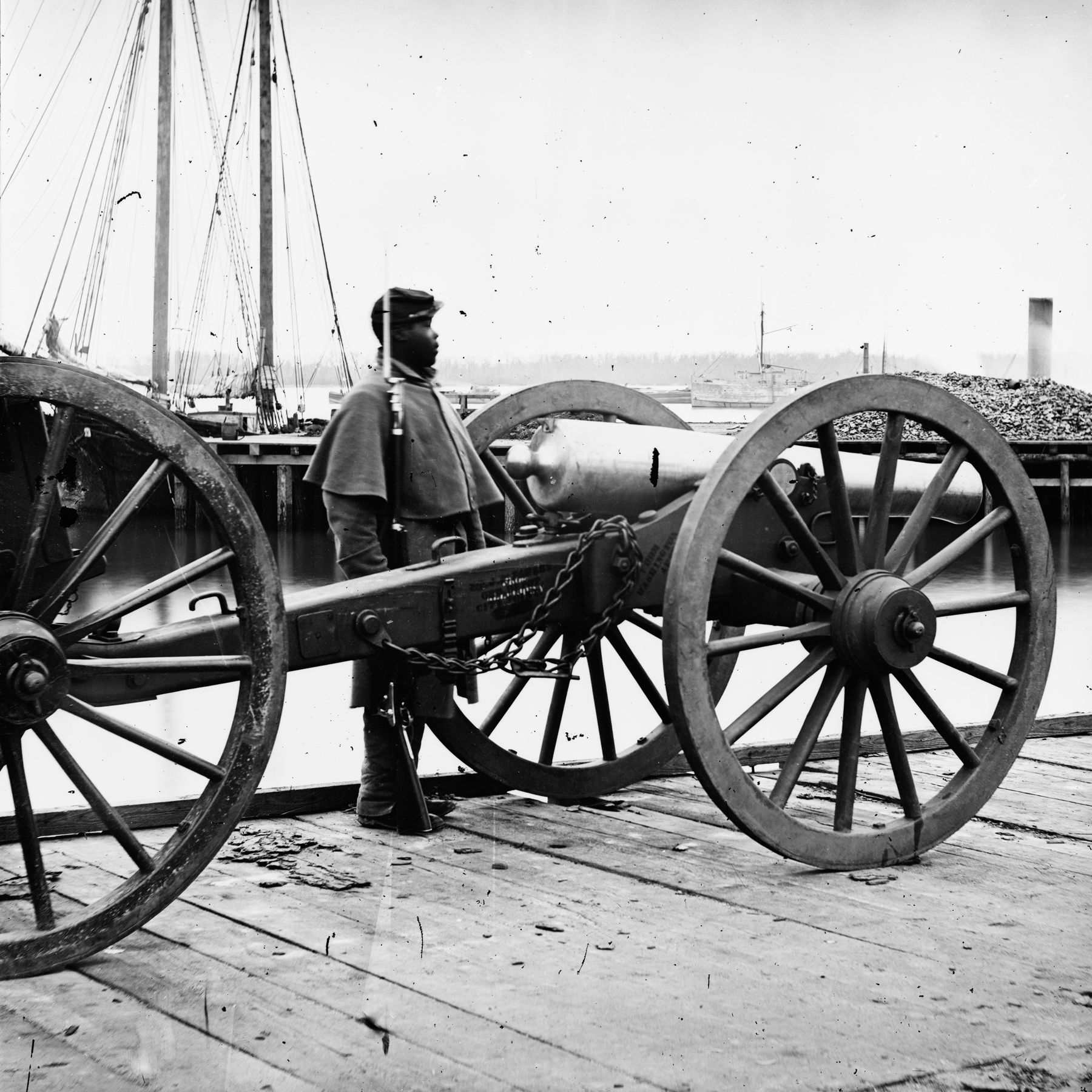
Carriage and Shot
The United States had adopted the French Gribeauval system of artillery carriages in 1809, about the time when it was becoming obsolete. The 1765 system featured the split-trail carriage. In the 1770s, British artillery designers had begun to experiment with a carriage boasting a single sturdy trail that offered several advantages. The new trail, called a stock, was at least as strong as or stronger than the split-trail. It was also simpler to produce and afforded a shorter turning radius, thus offering greater maneuverability.
American experiments with the new carriage began in 1830, and Secretary Cass approved the new system in 1836. Full production did not begin until 1840. Generally, the stock-trail carriages came in three sizes. The new Model 1857 gun was mounted on a modified 24-pounder howitzer carriage that was painted an olive drab color. Each Napoleon gun was hitched to a two-wheeled limber and pulled by a six-horse team, disposed in double file. Mounted on each limber was a chest containing a variety of ammunition. Four types of projectiles were used in field service: solid shot, canister, shell, and case shot. Each projectile and powder cartridge was attached to a block of wood called a sabot. The solid shot was spherical, and its weight in pounds was used to designate the caliber of gun to which it belonged.
Canister consisted of a tin cylinder attached to a sabot and filled with 27 cast-iron balls. The ends were sealed with sheet-iron covers. The shot was packed in sawdust in four tiers. Maximum range for canister, the prime antipersonnel ammunition, was normally 400 yards. Double and triple charges of canister could be fired in emergencies, but the powder charge was knocked off all but the first round. The metal cylinder disintegrated upon leaving the muzzle, and gunners attempted to fire canister at the ground in front of the gun to create a ricochet effect. Enemy soldiers on the receiving end often described the waves of dust thrown up by the shot striking the ground repeatedly as it sped in their direction.
Shell was hollow shot, with thicknesses of metal to enable it to penetrate earthworks and wooden buildings without breaking or exploding. It was filled with powder and ignited by a primitive fuse inserted in a hole through which the powder was introduced. Spherical case-shot, also known as shrapnel after the British Army artillery colonel who invented it, was a hollow, thin, cast-iron shot filled with about 80 musket balls. Melted sulfur or resin was poured in to fill the interstices and secure the balls in place. After solidification, a portion of the contents was bored out and the cylindrical opening filled with a fuse to create air bursts.
The Napoleon Gun Enters Service
Every gun was supported by two caissons, each bearing two ammunition chests. Each caisson was pulled by a limber, and gun crews could normally count on drawing ammunition from seven readily available ammunition chests carrying a basic load of 238 rounds per gun. A typical Napoleon battery consisted of six guns divided into three sections. A captain commanded the battery assisted by three lieutenants, each of whom commanded a section of two guns. A fourth lieutenant normally commanded the caisson line.
One gun, with an accompanying caisson and its crew of nine cannoneers in a mounted battery formed a platoon. All cannoneers in a mounted battery were on foot. In a horse artillery battery, each detachment of cannoneers numbered 11 men. Since all were mounted, two men had to be detailed as horse-holders when the guns were unlimbered and placed into battery. The number of horses required depended on the type of battery; for example, a 12-pounder mounted battery normally required at least 149 horses. Each battery also included a wheeled forge and a battery wagon.
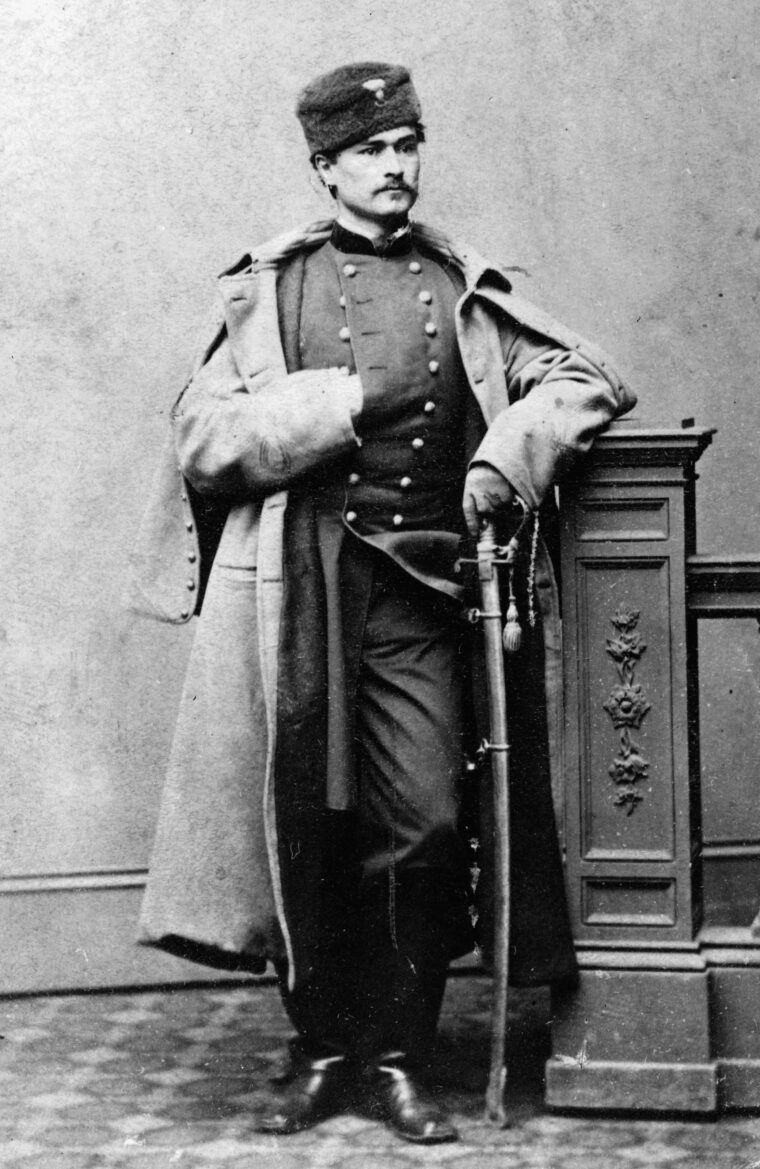
A Preferred Cannon in the Civil War
The first Napoleon gun was cast in America early in 1857. Besides being made originally with handles (called dolphins) above the trunions, it proved to have some additional drawbacks, and it was redesigned slightly. Four more were cast, and these guns remained the only ones in Army service until 1861, when production began in earnest. Soon after reaching its new post at Fort Leavenworth, Kansas, in September 1857, Company M, 2nd U.S. Artillery was the first to receive the four spanking-new bronze 12-pounder Napoleons.
The company (at that time artillery batteries were still designated as companies) was commanded by Captain Henry Hunt, who during the Civil War rose to the rank of brigadier general of volunteers and chief of artillery of the Army of the Potomac. Hunt was probably the foremost artillerist of his time. He and his gunners were very impressed with the new weapon, which combined the features of the gun with some of the howitzer, and proved capable of the long range and accuracy of the former and the high-angled fire of the latter. It could fire all types of projectiles with ease and it was an especially deadly weapon when hurling canister at close ranges.
By the beginning of the third year of the war, Hunt had effective control of no fewer than 346 cannons in the Army of the Potomac. Commanding General Ulysses S. Grant’s Overland Campaign coincided with a move to alter the ratio of Napoleons to rifles in the Army of the Potomac, a ratio that since the early days of the war had meant rifle dominance by a wide margin. By March 1864, rifled cannons still outnumbered the smoothbore gun-howitzer that Hunt preferred, but only by a small margin: 154 rifles against 120 Napoleons. The Confederates used Napoleons in great numbers during the war as well. In fact, after the heavy fighting in 1862, General Robert E. Lee recommended that the many obsolete 6-pounders and older Model 1841 12-pounders be melted down and recast into Napoleons.
Hubert Dilger’s Napoleons at the Battle of Second Bull Run
The employment and versatility of the Napoleon gun-howitzer can be illustrated by examining the operations of one Federal battery and its audacious commander. At the beginning of the war, Hubert Dilger, known to his associates as “Leatherbreeches” because of his unorthodox leg wear, was appointed to command Battery I, 1st Ohio Light Artillery. A recent German emigrant and professional soldier, Dilger had learned his trade as an officer in the horse artillery of the Grand Duchy of Baden.
Dilger’s battery first made a name for itself at the Battle of Second Bull Run in late August 1862, where its six Napoleons covered the withdrawal of the Federal army on the third day of the battle and forced the Confederates to keep their distance. By Chancellorsville, nine months later, Dilger had transformed his unit into the best of five batteries in the XI Corps of the Army of the Potomac. Formed on the right flank of the Federal army, the corps stood directly in the path of Stonewall Jackson’s famed flank attack on the late afternoon of May 2, 1863. The battery was forced to withdraw when the Confederates threatened to envelop its flanks. One gun was lost to the enemy when three horses were shot down in a snarl of tangled harness and traces. For more than 30 minutes, Dilger single-handedly held up the Confederate advance, continuing to direct fire until his horse was hit and fell on him, injuring his leg. Dilger limped painfully until his orderly galloped up, heaved the captain onto his horse, and made good thier escape.
The Napoleon Gun at Gettysburg
After its service at Chancellorsville, Dilger’s battery marched north in June with the 3rd Division, XI Corps, to what would prove to be its best day of the war. The gunners arrived at the town of Gettysburg, Pennsylvania, around 10 am on July 1, the first day of the battle. I Corps was already in action west of the town, and XI Corps was ordered to bolster its right flank and advance toward Oak Hill. Dilger committed one section under Lieutenant Clark Scripture to a position west of the Carlisle Road just north of town, while the rest of the battery remained behind with the corps reserve on Cemetery Hill.
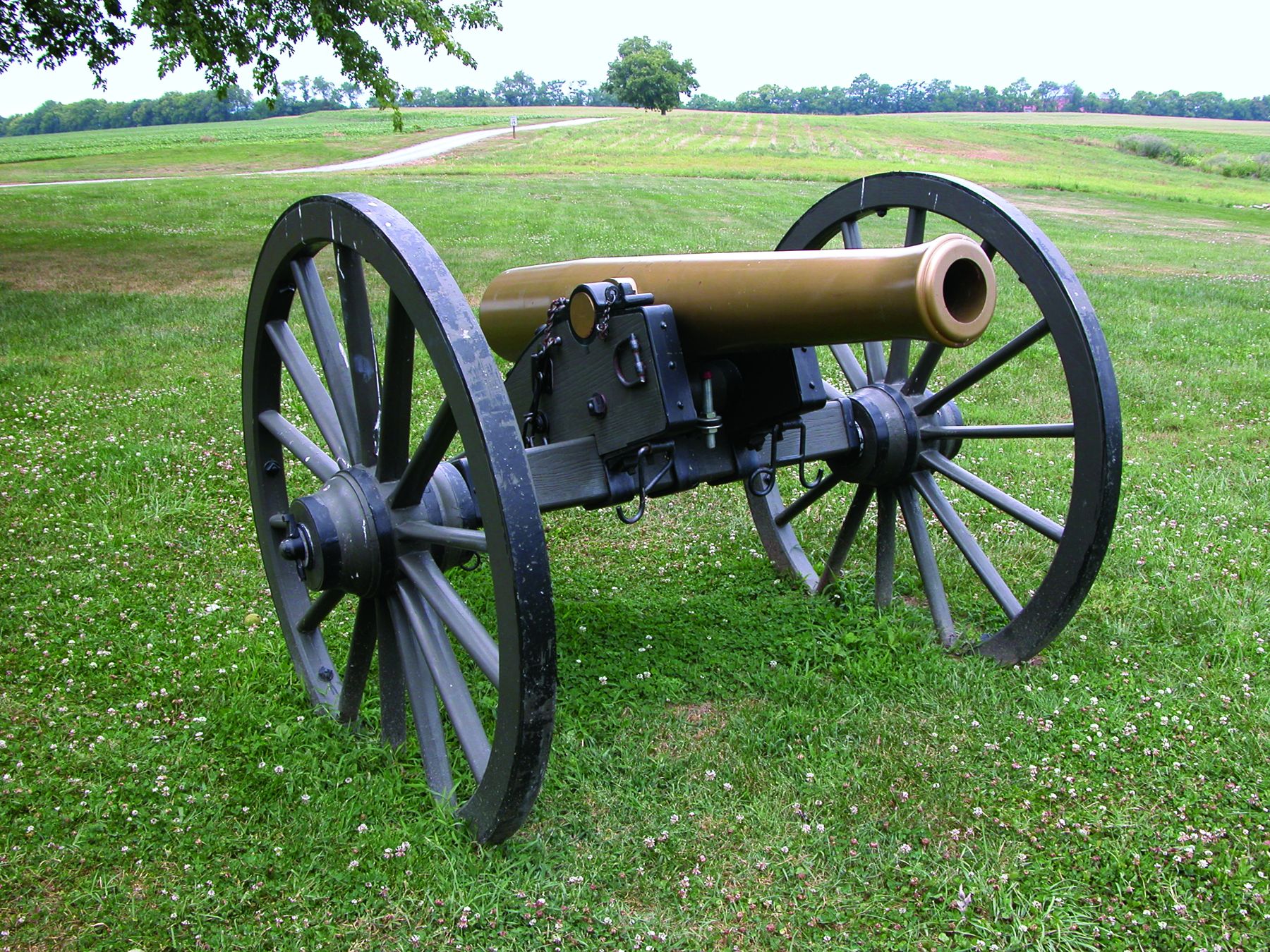
As enemy pressure mounted, the remaining guns drove through town between columns of Federal infantry and came into play to support the infantry skirmishers. The sections were then compelled to begin counterbattery fire against a Confederate four-gun battery at a range of 1,400 yards. During the heavy artillery duel, the Confederates were reenforced to eight pieces. Dilger was finally able to silence this battery after disabling five of their carriages and driving off the remainder. In this action, the Confederates sustained two killed, two mortally wounded, 26 other wounded, and lost 17 horses to Dilger’s accurate fire.
Shortly thereafter, another Confederate rifled battery opened fire, but Dilger had been re-enforced by Lieutenant William Wheeler’s 3-inch rifles of the 13th Battery, New York Light Artillery. Dilger took command of both batteries and was able to neutralize the Rebel guns.
Dilger quickly redeployed Wiedman’s section of Napoleons about 600 yards to the east of the Carlisle Road to get a better angle of fire on the Confederate guns. He then limbered up his remaining four guns, moving them forward about 400 yards into a green wheat field. The movement was effected under the covering fire of Wheeler’s guns. Wheeler was delayed in moving forward while Battery I came under heavy counterbattery fire from Oak Hill, and from Confederate Lt. Col. Hilary Jones’s artillery battalion east of Rock Creek, which delivered converging fire from two directions. The combat was so intense that Dilger had to employ three caissons to bring forward fresh ammunition. Even so, he almost ran out of ammunition twice.
Dilger switched to canister to protect the 45th New York Volunteers on the forward skirmish line who were coming under intense Confederate infantry pressure. Then it was Wheeler’s turn. Following Dilger’s route, the 13th New York battery galloped into the wheat field and unlimbered 50 yards to Dilger’s right. The two batteries commenced an effective fire just as Confederate Lt. Gen. Richard Ewell’s II Corps divisions pounded down the Carlisle and Harrisburg roads, headed straight for the flank and rear of XI Corps. Shells continued to land in the wheat field, putting one of Dilger’s guns out of action, and both batteries continued to take significant casualties.
A Fighting Retreat to Cemetery Hill
Once XI Corps began to pull back to Cemetery Hill south of town, Dilger and Wheeler began to leap-frog back to cover their own and the infantry’s withdrawal. At the edge of town, Dilger selected one of his own Napoleon sections, and one 3-inch rifled gun section from Wheeler’s, and then sent the remaining guns back to Cemetery Hill. With these four remaining guns, Dilger opened a furious covering fire for the retreating infantry. When the last of the Federal units finally passed his position, Dilger waved Wheeler’s two 3-inch guns off the field; he considered these rifled guns useless at the point-blank range that now existed. His two smoothbore Napoleons were thus the last of the XI Corps five artillery batteries to leave the field.
After a few more rounds of canister from his two Napoleons, Dilger limbered the guns and galloped back into the streets of town. Unlimbering near the town square, he remained long enough to clear the streets with canister and allow the retreating infantry a few more precious minutes to escape. Dilger found the southbound streets choked with hurrying troop columns, artillery, ambulances, and stragglers, so he swung his column of two guns to the left at the next intersection and galloped completely around the town, finally rejoining the rest of his battery on Cemetery Hill.
Taking stock of his losses, Dilger counted 14 casualties, 24 horses disabled, and one gun out of action. The artillery fight on the first day at Gettysburg legitimatized the Model 1857 gun-howitzer for all time by demonstrating just what a capable commander and brave artillerymen could do with a well-designed piece of ordnance under a variety of difficult battlefield conditions.
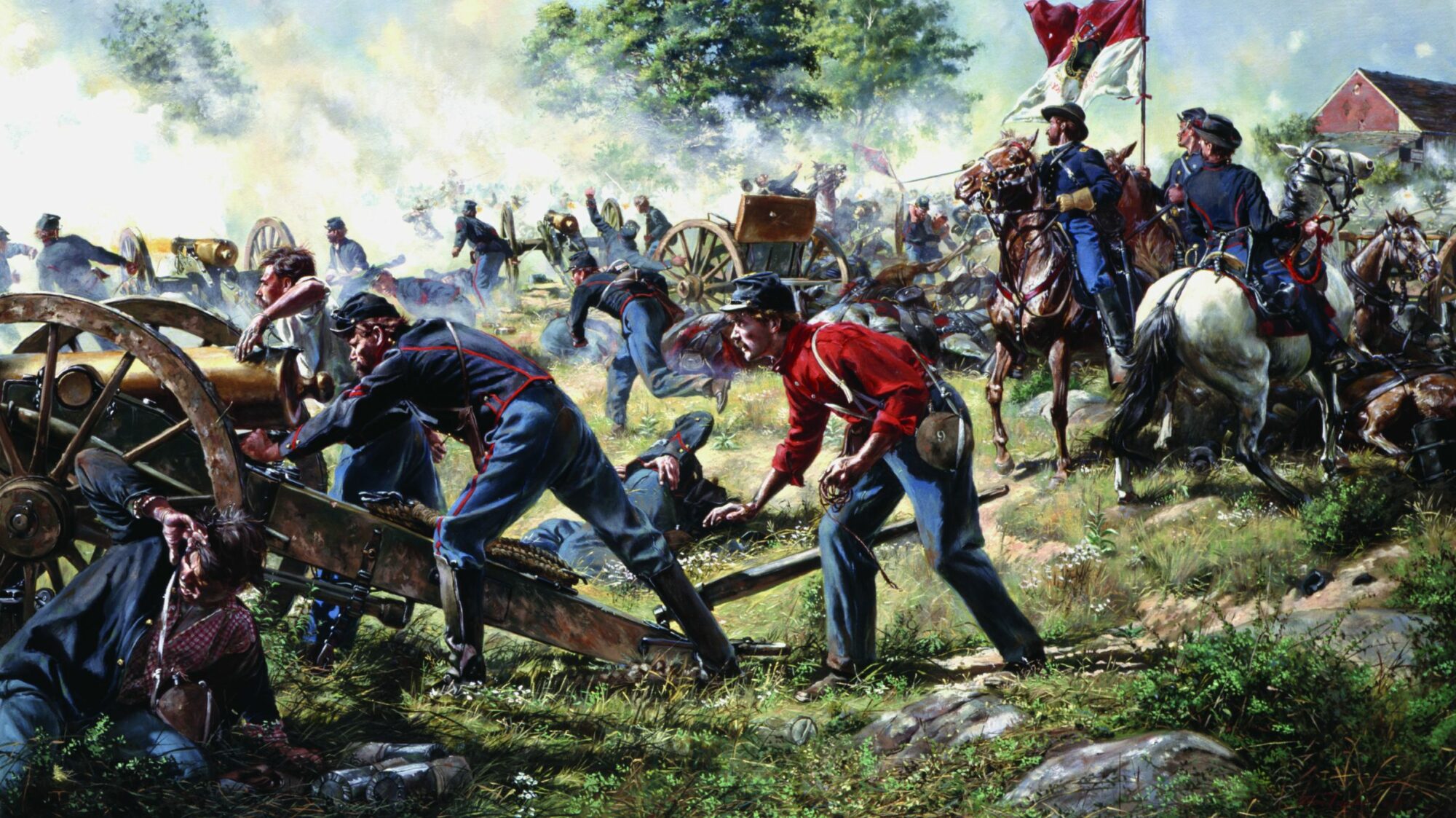
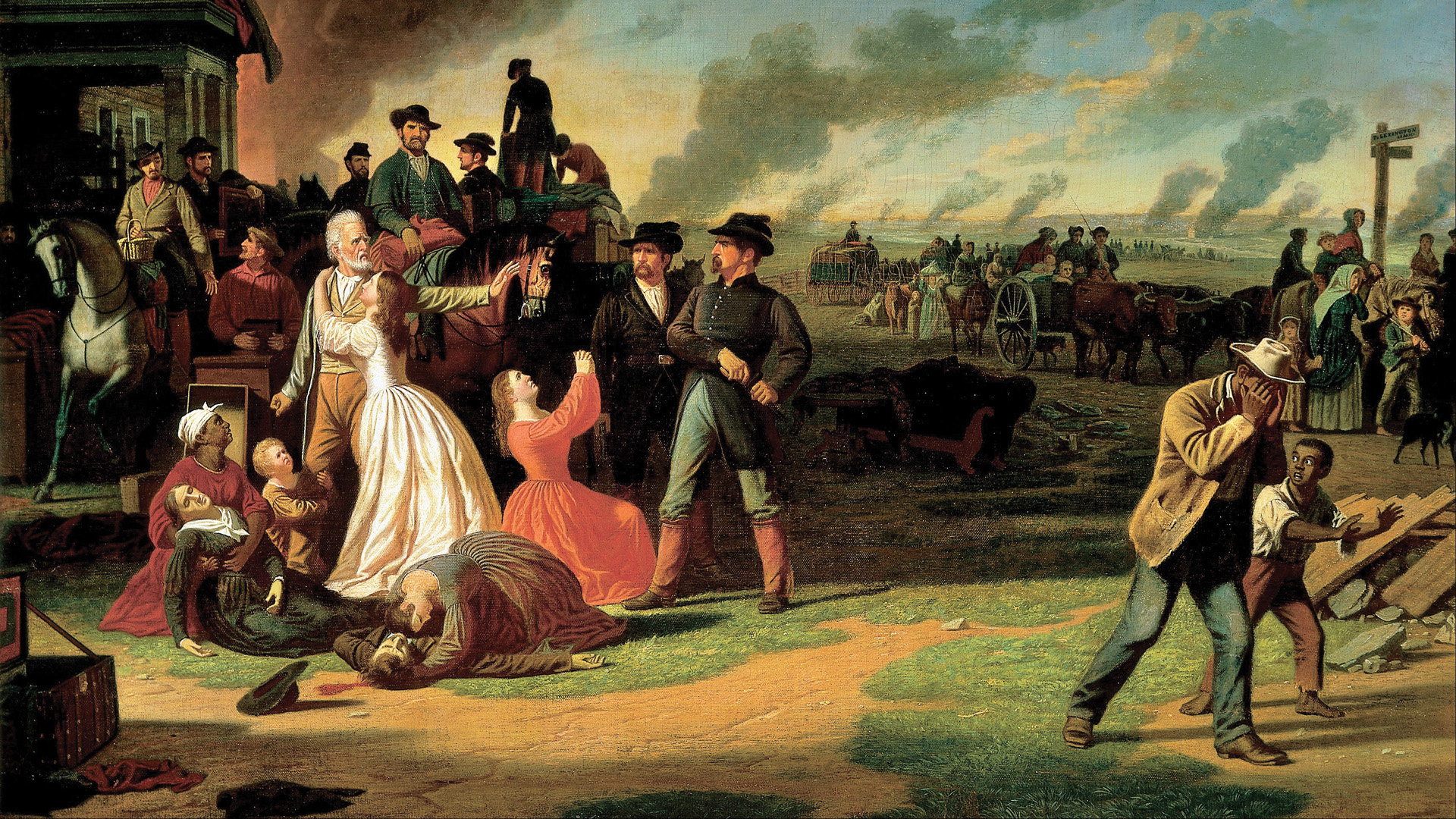
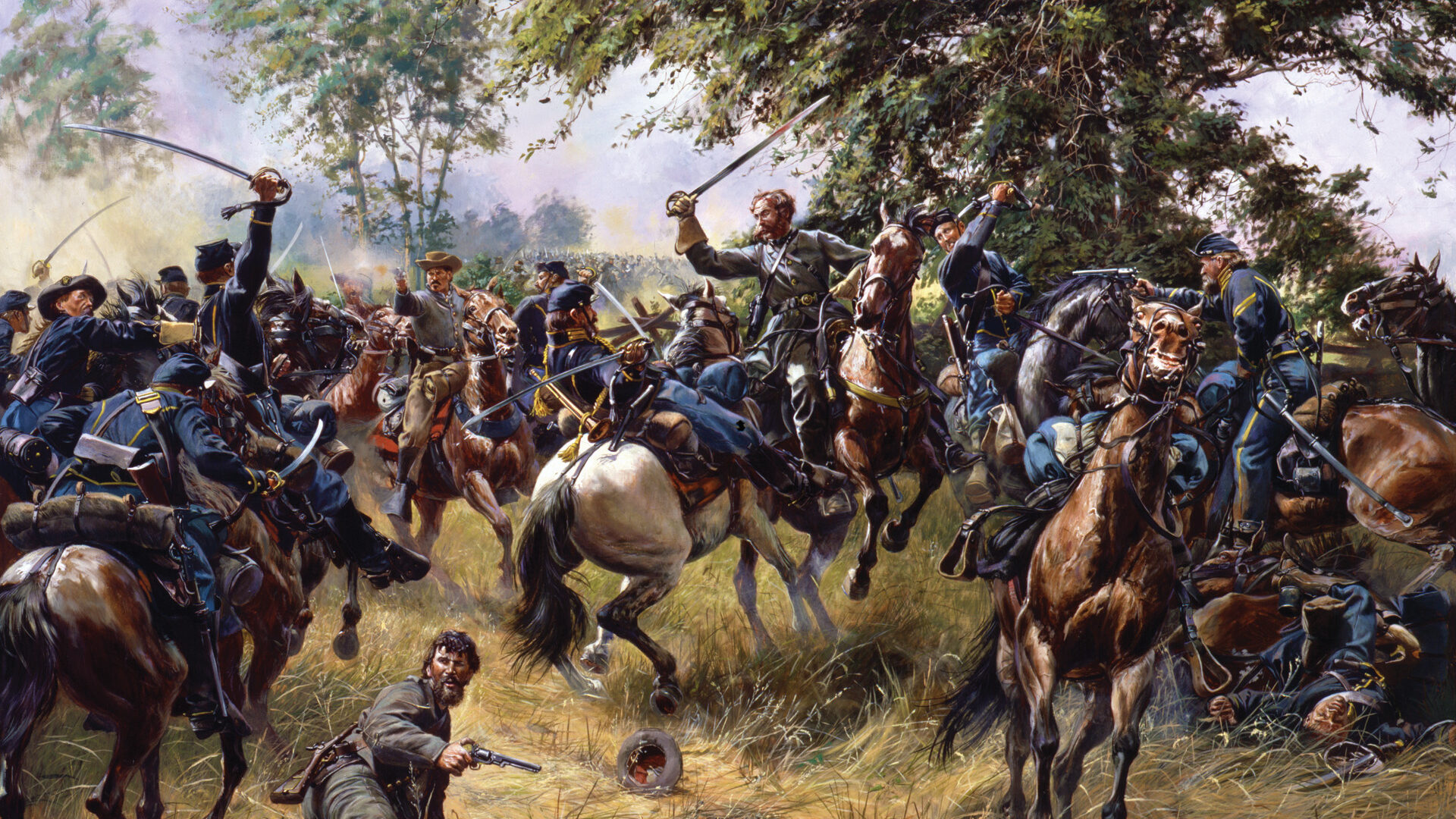
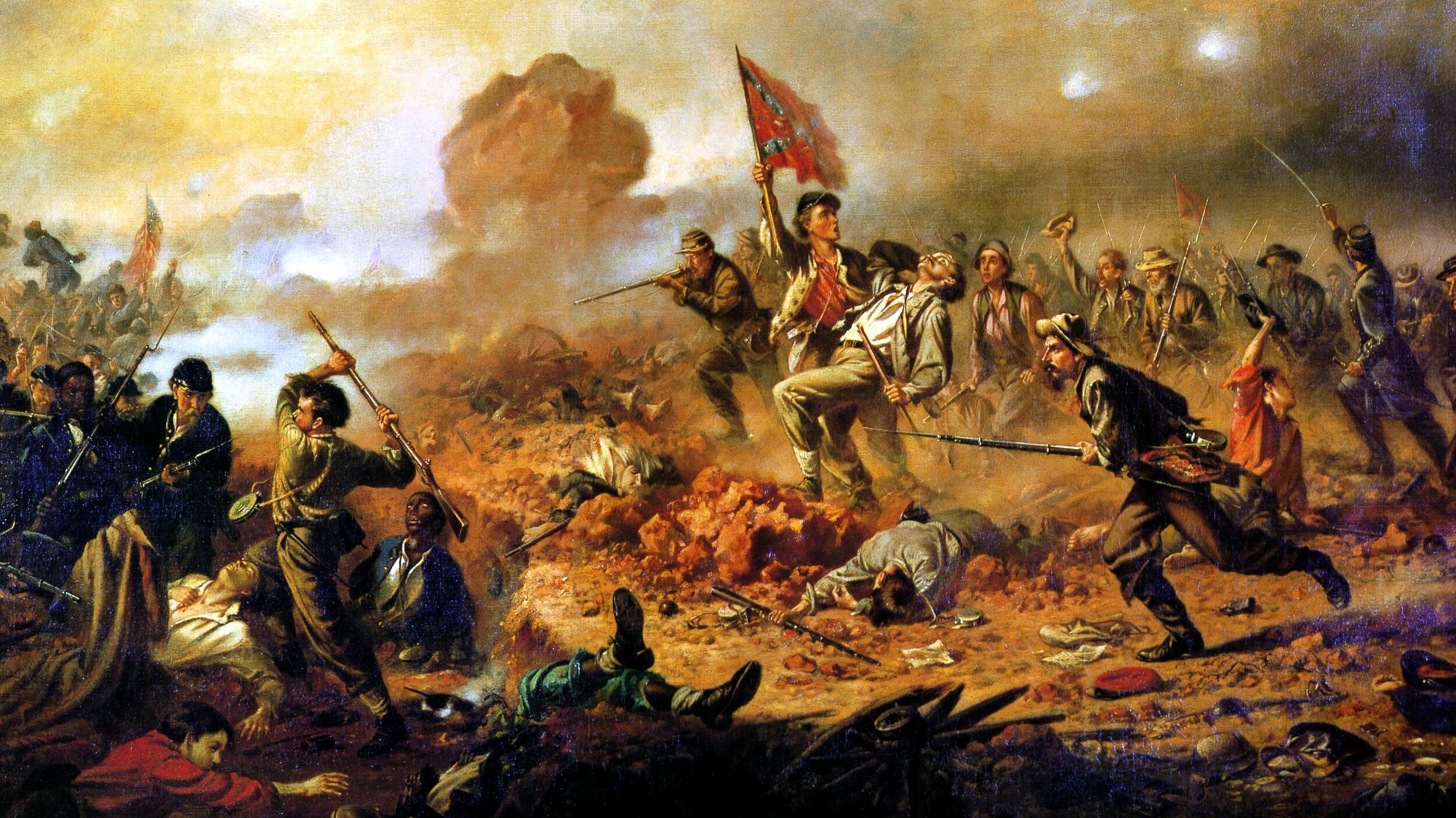
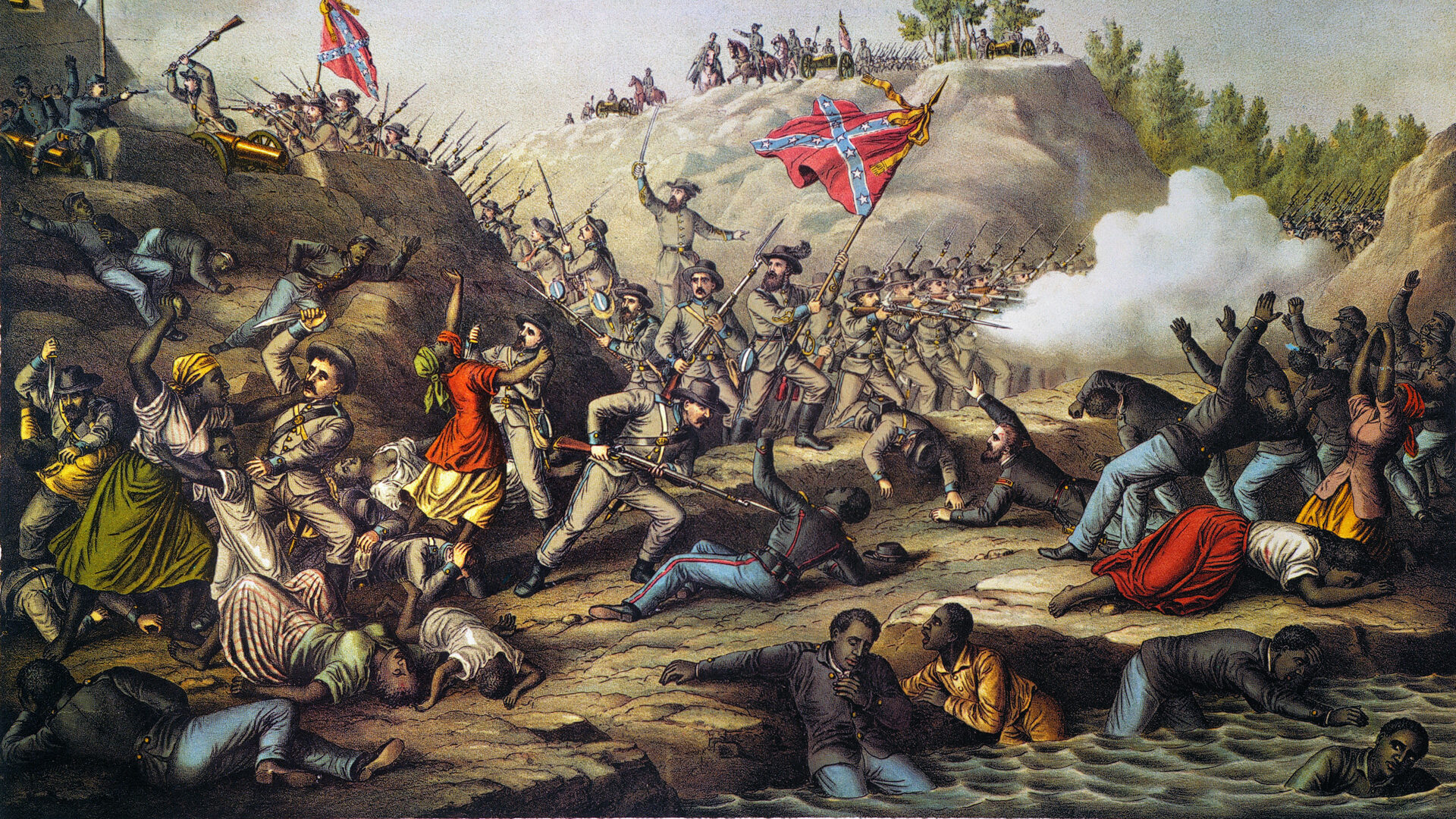
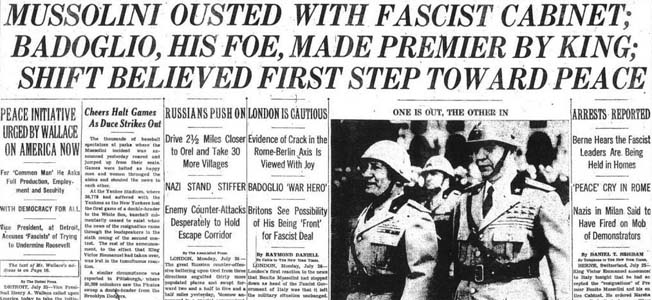
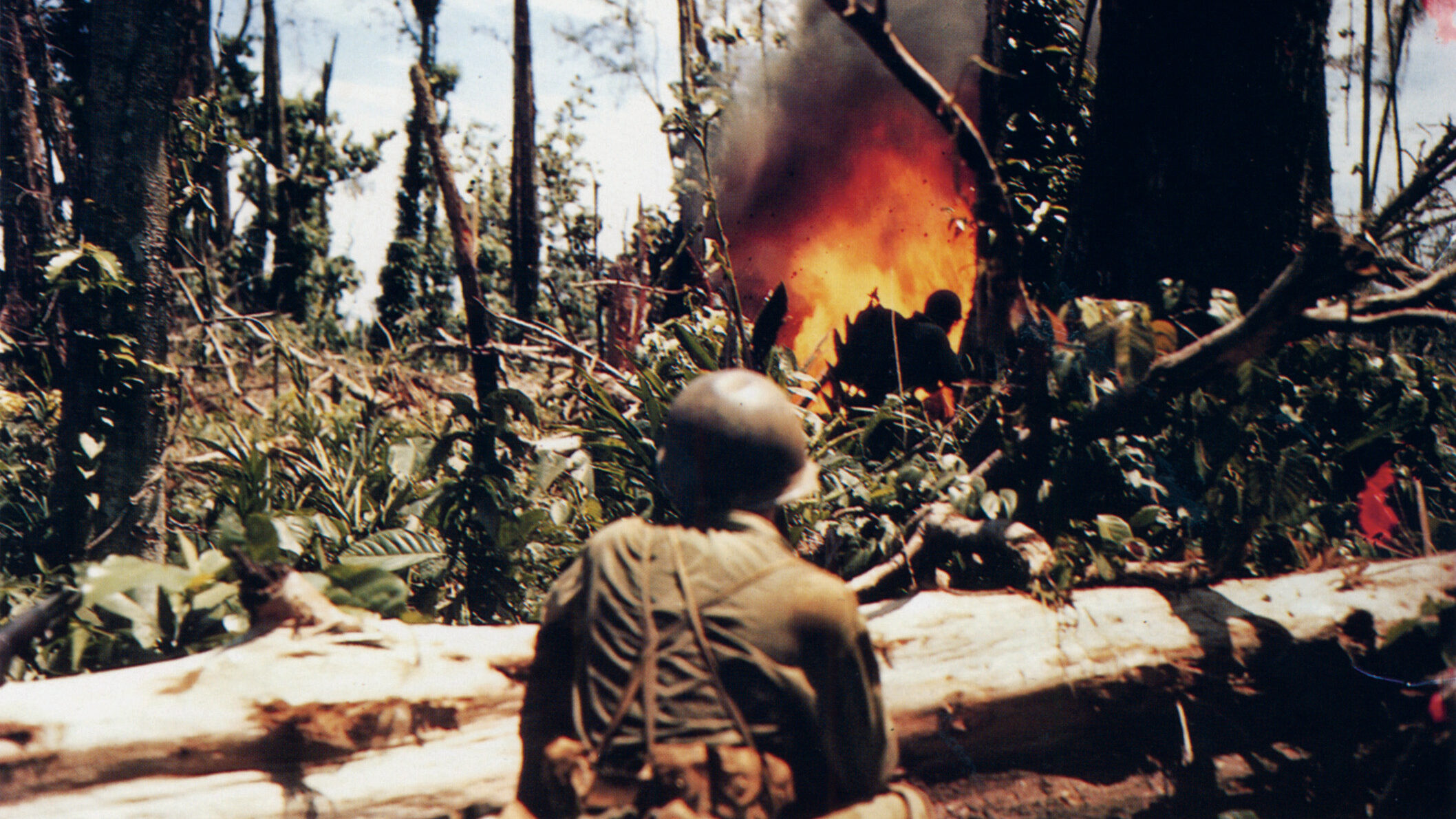
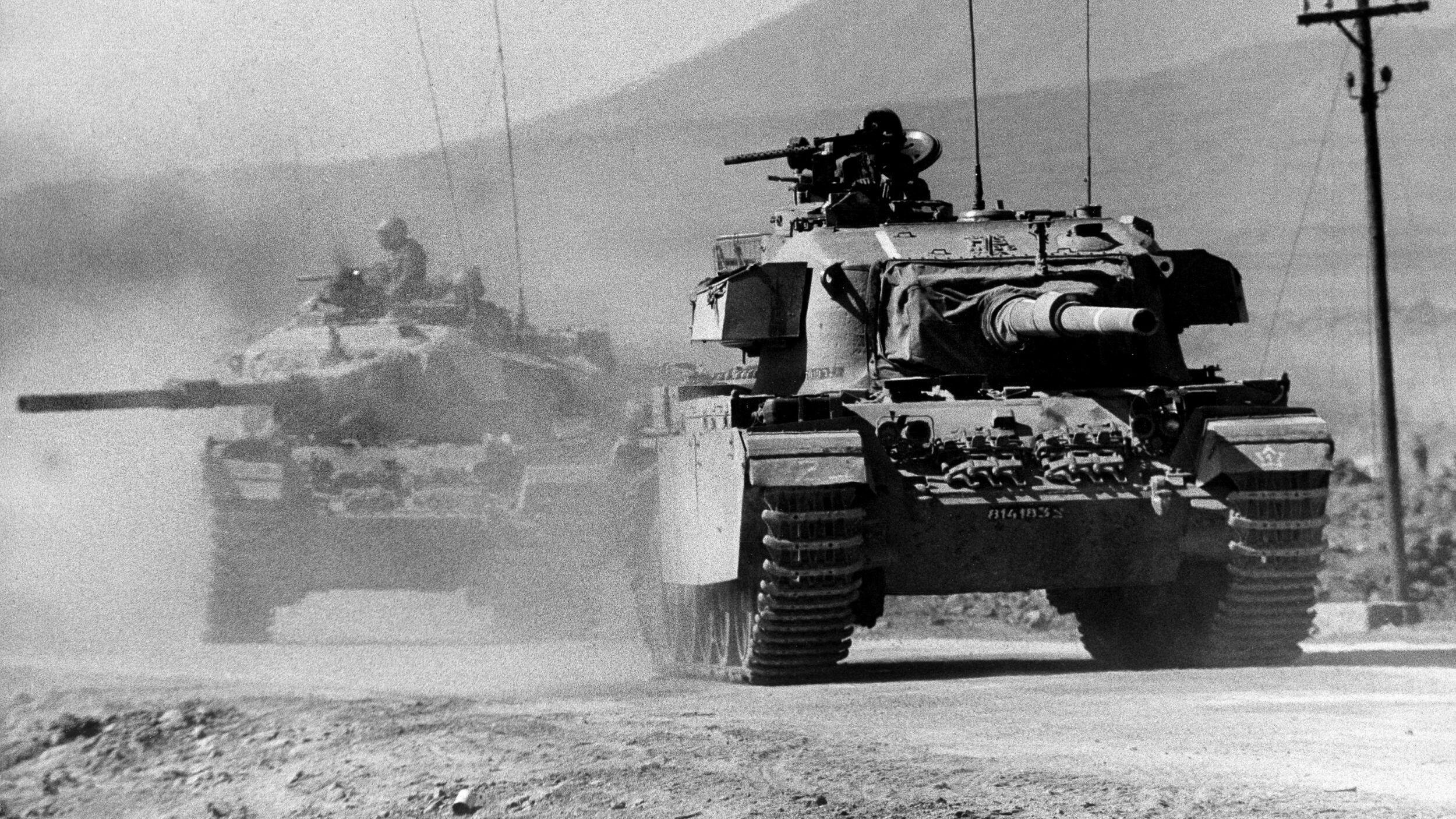
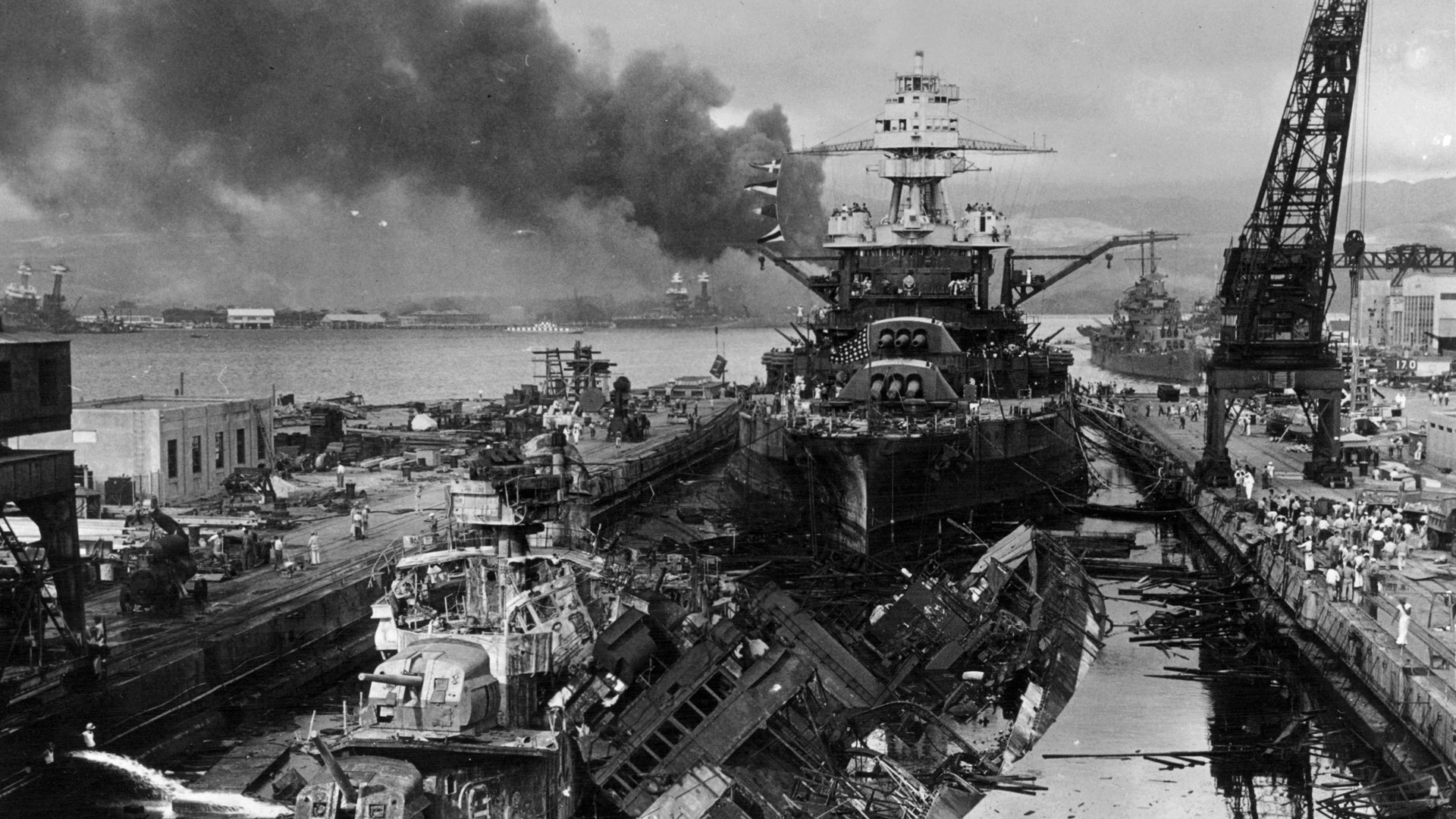
It had to be absolutely terrifying to be on the receiving end of cannister rounds fired by these Napoleon cannons….with an effective range of at least 400 yards, they would decimate infantry units and it would be suicidal for cavalry to attack a battery of these cannons….
Union artillery was crucial to success at Gettysburg. During the height of Pickett’s Charge the last salvo from Cushing’s battery wiped out a group of 40 plus Confederates that were charging the battery.
Enjoy your articles@